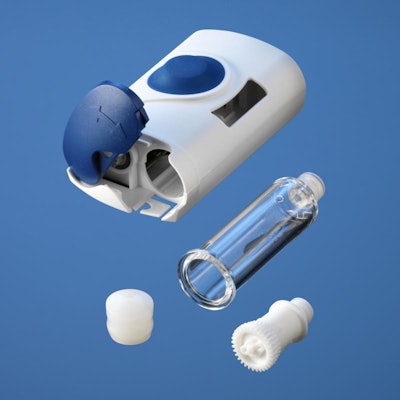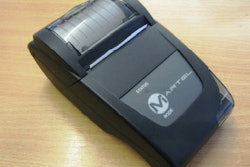
A successful drug delivery system must be easy to use, intuitive, efficient and effective. Human factors engineering (HFE) is an integral component of a user-centered design process, and can help to ensure that the device or delivery system meets the cognitive, physical, and emotional needs of the end user. Design experts must understand that the human condition, which must be considered in the design, is not static but rather a series of evolutions defined by the changing disease state. By understanding the needs and desires of the patient at various times during treatment, human factors experts and designers can mitigate user-based error, and control or reduce any lapses in therapy associated with improper device use. Additionally, proper use of a drug delivery “system” naturally extends to any adjunct or supporting materials or peripherals. As such, equal usability consideration must be given to the design of items such as secondary packaging or kitting, required accessories, package inserts, instructions, quick-reference guides, and the like. All system components can unnecessarily contribute to the user’s “cognitive load.”
Initial diagnosis
Initial diagnosis is often met with hostility, fear or anxiety. Mentally focusing on learning-oriented tasks to facilitate treatment can be challenging. Patients may suffer from symptoms that impair their ability to interact physically with objects or devices required for therapy. This has implications for the design of drug delivery systems, which should be as easy as possible to use. Reducing work-flow and curtailing steps is always a goal, but not at the expense of providing ambiguous feedback on device function, or whether the medicine has been delivered. Furthermore, any task analysis must also scrutinize all packaging, prep materials, etc., to ensure they don’t unduly add to the overall mental burden required by an already “new” and potentially confused user.
Early treatment and acclimation
At this stage, patients are in a transformative state as they learn to adapt to new routines and habits. Treatment regimens are not yet habitual and automatic, patients may forget steps and confuse the effects of newly learned interactions. They also may be acclimating to more than one prescription therapy, elevating the risk of confusion among dosing instructions and frequencies. During this stage, minimizing tasks/sub-tasks remains paramount. Equally important is the ability of the system to provide clear and unambiguous feedback regarding the state of the device. This will assist patients by confirming that they have performed the appropriate interactions successfully and received a proper dose, as well as contributing to the creation of habits that will facilitate ongoing ease of use. Here too, appropriate labeling, color coding, numbering, or links to other common affordances can help simplify tasks or clarify use sequences.
Getting comfortable
As therapy regimens become more established, patients may start to feel better, are less symptomatic and have come to terms with their disease state. Here, aspects of device use that may have been appreciated during earlier stages—such as learnability and demonstrability—will likely wane in importance. Now, devices that are quick, efficient, or even more discreet to use, stand a much better chance of encouraging adherent behavior due to their negligible impact on daily routines. Here, adding a degree of modularity or separability to the packaging or kit might offer a seasoned user the option of quickly discarding or pushing aside unneeded training materials or accessories. This could help filter out superfluous or competing tasks and thought streams, thus maximizing use efficiency.
Patient lives a better life/lapse in therapy
In this stage, emotional attitudes can develop and create a sense of complacency, which undermines adherence to a prescription regimen. A well-designed delivery system can become a platform for helping monitor disease state progression. Devices designed with enabling technologies can support the collection of information regarding physiologic measures, use patterns, adherence, and other relevant aspects of disease management. This provides clinicians with more actionable information and leads to elevated standards of care. For patients, it can provide tangible means of how prescription therapy is providing benefits, further incentivizing adherent behavior.
Acknowledging the ongoing patient journey is an important step in understanding the role that user-centered design can play in supporting adherence. Armed with this awareness, pharmaceutical companies are better enabled to select and develop safe, reliable, and desirable drug delivery solutions.
—By Chris Evans, Senior Director of Innovation, West Pharmaceutical Services, Inc.






















